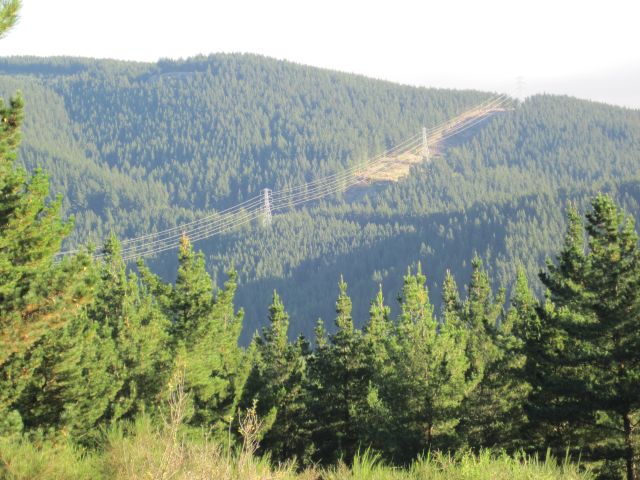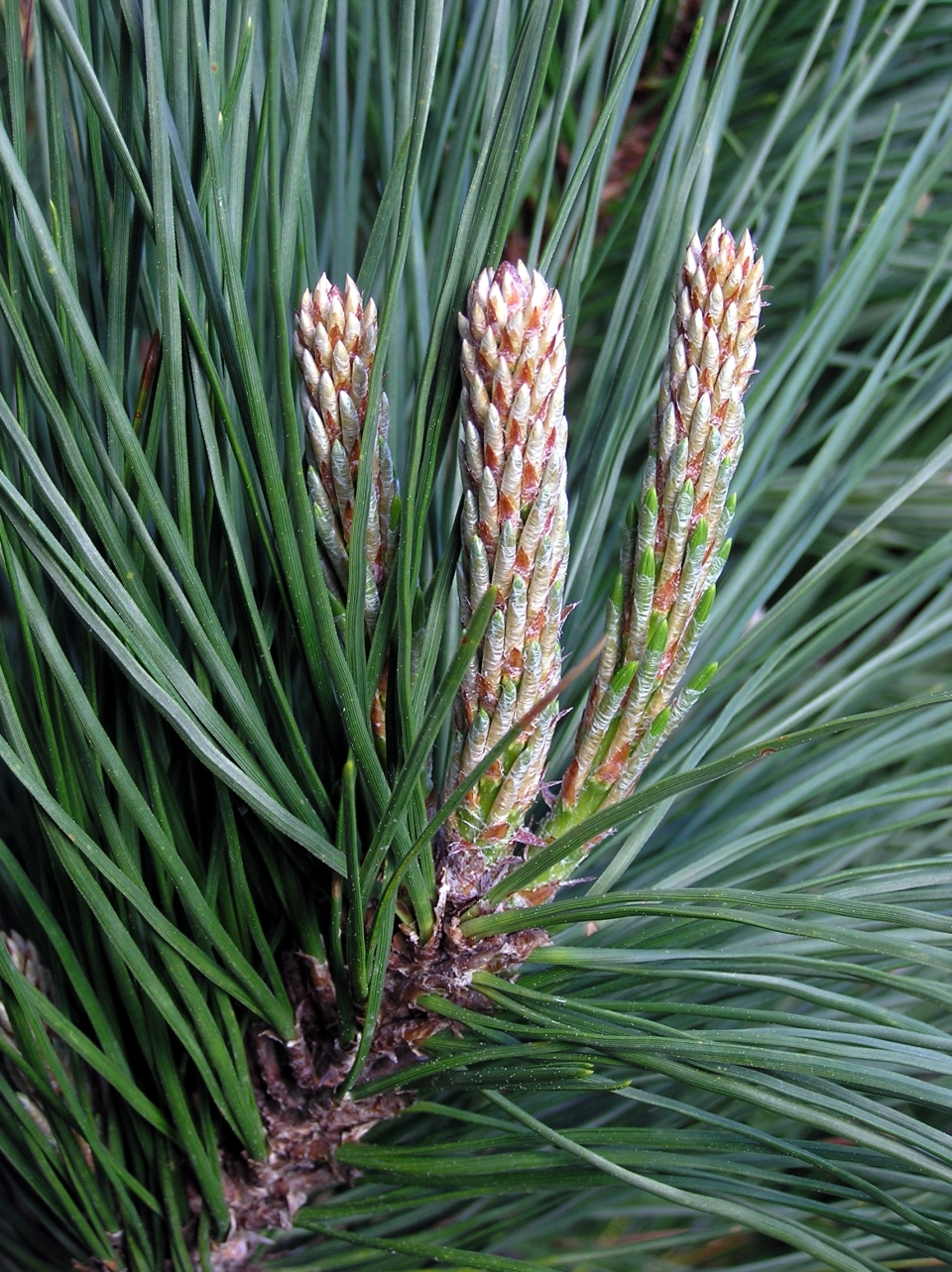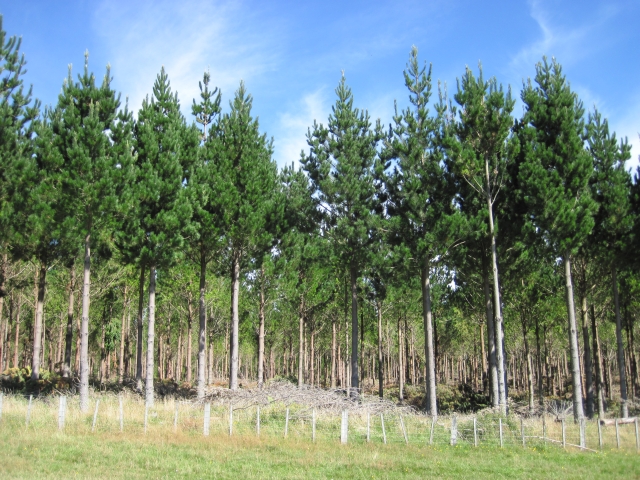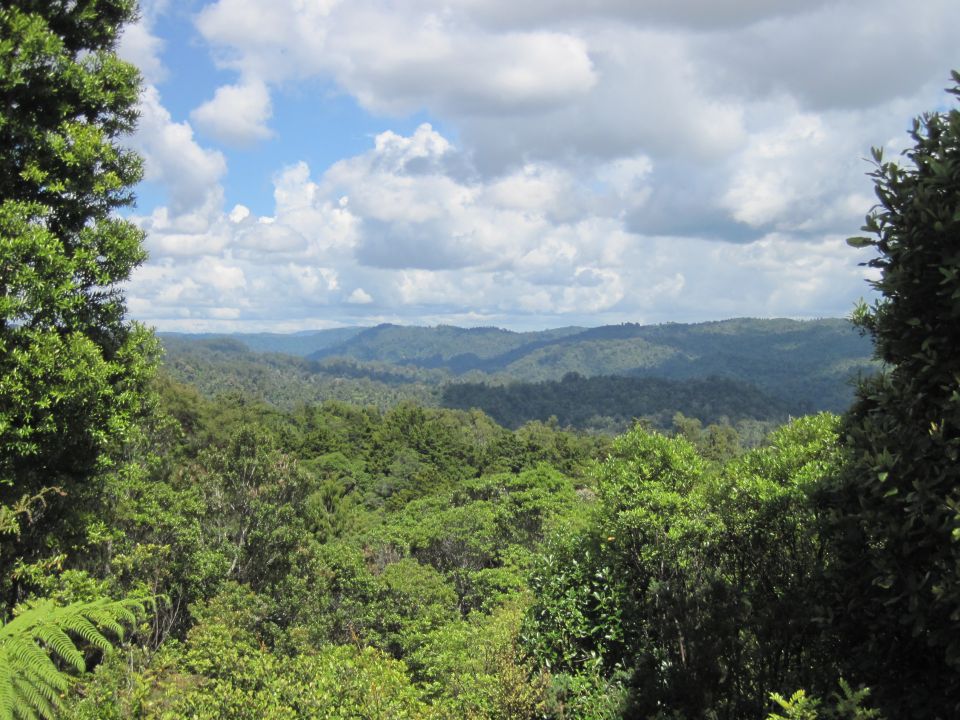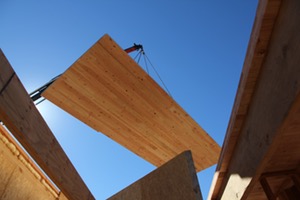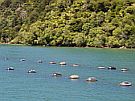New Zealand’s native forests were once cut down for wood. Native forests are home to a lot of different plants and animals and grow very slowly so native logging on public land was banned in the year 2000.
To make sure there would be enough wood for use in the future, tests were done on fast-growing exotic trees - trees from overseas. Exotic trees were also easier to grow than native trees.
Radiata pine trees were found to be the best for planted forests, because they grow fast and their wood can be used in lots of different ways.
Wood chips, whole logs, timber and paper products are exported from New Zealand.
Forest research
Forestry researchers look for ways to improve forestry. Their work includes;
- studying the way forests grow
- trying new methods of planting and caring for trees
- finding ways to make trees grow bigger and faster
- stopping insects or diseases from harming the plants
- inventing new machines to plant, prune and cut down trees, and process the wood
- developing new ways of using wood, including different kinds of fuels to run factories, heat schools and power cars.
Benefits of forestry 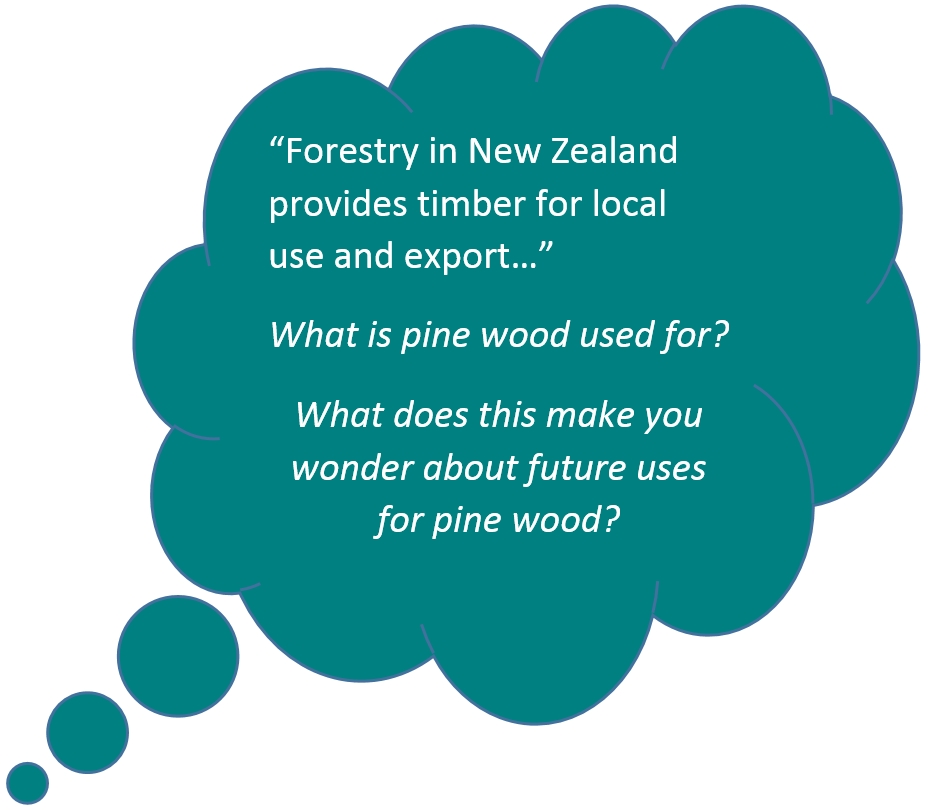
Forests can:
- make the soil more fertile
- improve the quality of water in nearby rivers and streams
- make land more stable
- help reduce greenhouse gases by absorbing carbon dioxide from the air.
Making the most from wood
During this field trip, you will visit a Nelson forest processing site where pine can be processed into panels. These panels are very strong and made to measure so can make building quicker and easier.


